Every housewife should know how to properly pickle herbs for the winter. Thanks to the conservation of green plants, you can enjoy the gifts of summer all year round. For successful pickling, jars and products should be properly prepared. Having familiarized yourself with the nuances below, even inexperienced cooks will be able to prepare preserves.
General rules for pickling greens
To pickle green plants, it is important to choose the right products.The selected components must be fresh, not dried out, without wilted elements. As a last resort, they can be removed. Banks should be chosen transparent, without chips or cracks, especially at the neck. They are pre-washed with soda, doused with boiling water, and sterilized, including the lids. You can disinfect containers in a pan of boiling water, an oven, or a microwave.
How to dry greens before salting
Green plants can be dried before preservation in the following ways:
- use a dehydrator, setting the temperature to 40 degrees, scatter the greens onto trays;
- dry the food in the oven, turning on the gas at the minimum temperature, place the baking sheet in the upper groove, keep the door open;
- Place the chopped herbs on the tablecloth, having first spread it in the shade with good aeration.
Most often they resort to the latest technology for drying greens, especially in the summer at the dacha. For people living in apartments, the first two methods are more suitable.
How to choose and prepare the main ingredients?
Any type of greens can be preserved, even vegetable tops. Dill, parsley, onion and garlic feathers, cilantro, celery, carrot or beet leaves, sorrel, and arugula are widely used. Salted greens do not ferment, preserve their taste, and remain aromatic. Buy seasonings fresh, they are richer.
Preparatory manipulations
Twigs and leaves should be removed from the plants and washed 2-3 times to remove dirt and possible beetles. It is recommended to leave the components in a bowl of liquid for 2 hours. The procedure will help remove the bitterness from it.
Afterwards, you need to spread the plants in one layer on a clean towel ironed on both sides to dry them.
It is not advisable to cut twigs and leaves too finely; the pieces should be medium in size. Several bunches can be left whole. They are perfect for decorating dishes in winter.
Green leaves and herbs are salted using the dry method or filled with marinade. Experienced chefs advise buying coarse rock salt for canning. The cuts are placed in disinfected jars, their optimal volume is 0.5 liters. It is better to close with metal or nylon lids.
How to prepare canned greens: methods
To pickle green plants at home for the winter, they resort to 2 methods - wet and dry salting. Both techniques do not require much effort or financial costs. The following recipes with salt will serve as a complement to meat, a side dish, and preservation can be added to first courses.
Dry salting
The technology for preparing salted greens using the dry method is the easiest to perform. The products will not spoil even if the combination of herbs is incorrect. The plants are washed, dried whole or crushed, combined with salt, and poured into sterile containers. You will need the following products:
- 100 g each of cilantro, basil;
- 150 g each of parsley, celery, dill;
- sprig of oregano;
- 1 tbsp. sea salt.
Place the washed and chopped herbs in sterile jars along with the oregano and compact. Close the containers with lids.
In brine
The preparation of green plants in brine should be rolled into jars with a metal lid. There are two methods for preparing preserves in marinade.
- Place the prepared leaves and herbs in a saucepan, add water, add salt, and bring the mixture to a boil. Boil for 5 minutes. Immediately pour the finished mixture into sterile containers and roll up.
- Place the greens in jars, pour boiling brine, and roll up with metal lids.
For 1 kg of plants, you will need 0.3 liters of water, half a liter of 8% vinegar, 30 g of salt, 50 g of vegetable oil. First of all, prepare the marinade. When the water boils, add vinegar and salt. Use this mixture to salt carrot, beet and radish tops, garlic or onion arrows. Chop the branches with leaves coarsely and place them in jars immediately. After pouring boiling brine over the greens, add oil to it. The jars are immediately rolled up, turned upside down, and wrapped.
Further storage of workpieces
The shelf life of pickles prepared using the dry and wet method is 1 year. Jars should be stored in a dry place or with an average level of humidity. When the air is too humid, green preserves can become moldy.
You can place the containers in the basement, cellar or pantry. It is important that they are not exposed to ultraviolet rays.

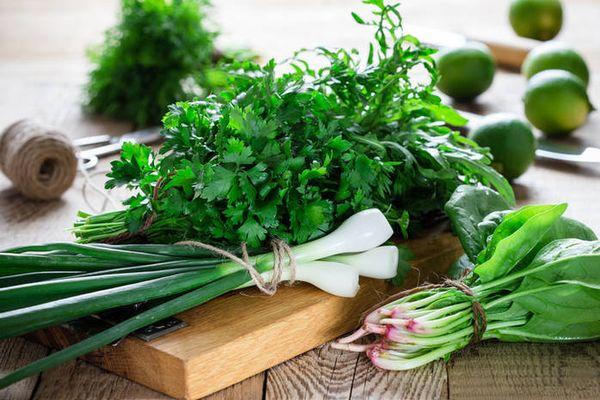
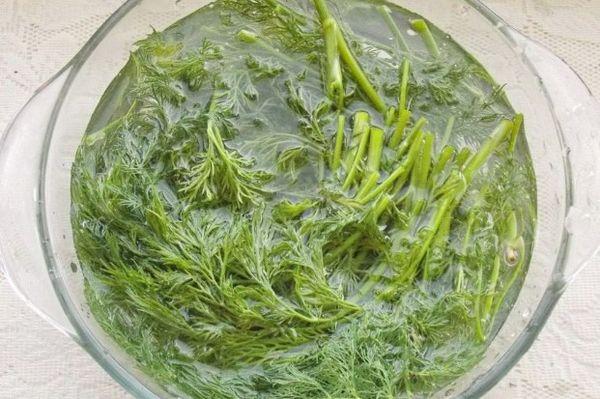
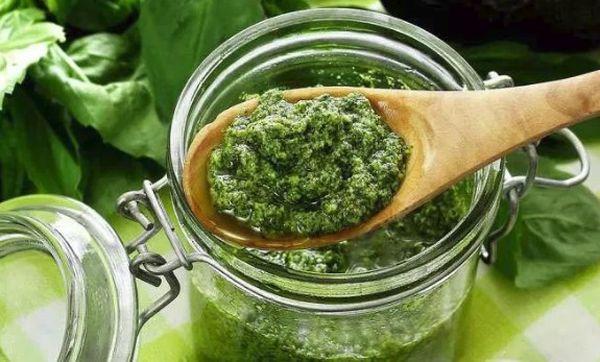
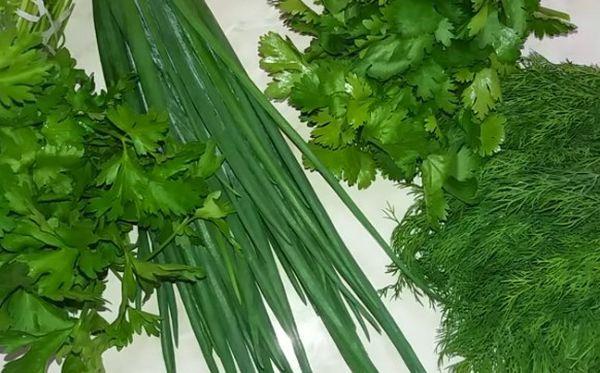
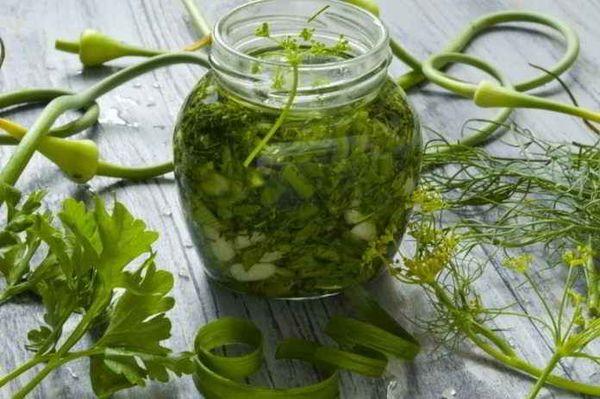
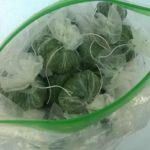
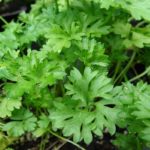
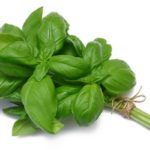
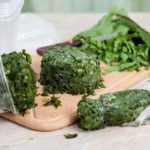
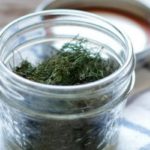
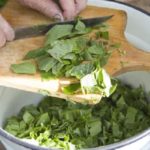


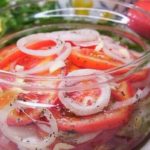

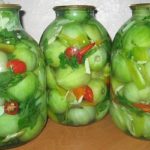
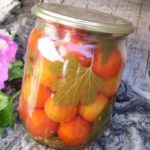
I didn’t find what I was looking for - the cow’s discharge appeared milky white (thick) after five weeks of pregnancy.
Hello! Normally, a cow's discharge is transparent. If the cow is not fertilized, but white discharge appears, this indicates the development of vaginitis. Additionally, an unpleasant odor may occur. This disease must be treated, because it threatens the development of colpitis and sometimes reaches salpingitis (usually in the case of severe inflammation of the vaginal lining).
Hello! After artificial insemination, on the 5th day, the cow began to have transparent discharge interspersed with white mucus (milky color). Is this normal or should I prepare for the worst? And another question, the cow bled on the 3rd day after artificial insemination, is this normal?
Good afternoon Let's go in order. Bloody discharge on the third day after artificial insemination indicates that it was hasty, untimely and the possibility of fertilization is low. Ideally, if they come on the second day. The discharge that you noticed on the fifth day should cause alarm - the mucus should be transparent. Perhaps the uterus was injured during insemination or an infection occurred.